ATSC 3.0 (Or Why You Need a New TV Set If You Watch Over-the-Air TV) is Coming Sooner Than You Think
America’s next over the air broadcast TV standard is arriving this year and you will need to purchase a new television capable of receiving it or rely on a converter add-on box that is currently almost impossible to purchase to receive ATSC 3.0 broadcasts on your existing television sets.
ATSC 3.0 (dubbed “NextGen TV” by the marketing people), will be available to watch in over 60 cities this year, reaching up to 70% of all U.S. television households. The benefits of the new television standard include significantly improved pictures, better reception (especially in fringe areas away from the transmitter), a dramatically larger number of available “sub-channels” available to offer ancillary services like Me-TV, Grit, Retro TV, and dozens of others, and customized, targeted advertising based on your viewing habits.
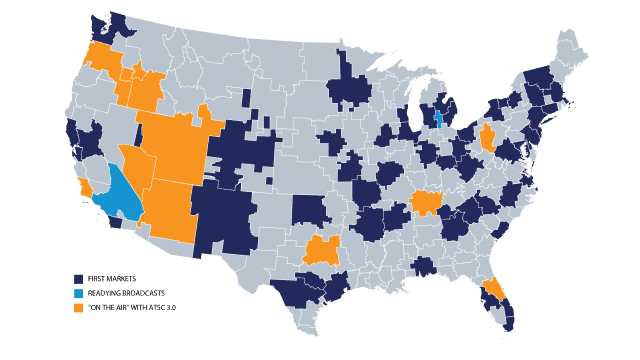
A handful of stations are already up and running with NextGen TV, with many more signing on during the second half of 2020. Here is a complete list of cities where NextGen TV broadcasts will start this year:
Already on the air — These cities have NextGen TV stations already on the air:
Boise, Idaho
Dallas-Ft. Worth, Texas
Las Vegas
Nashville, Tenn.
Orlando-Daytona Beach-Melbourne, Fla.
Phoenix
Pittsburgh
Portland, Ore.
Salt Lake City
Santa Barbara-Santa Maria-San Luis Obispo, Calif.
Currently testing or preparing to launch in:
East Lansing, Mich.
Los Angeles
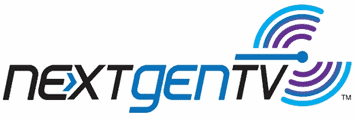 Planning to launch during the second half of 2020 in:
Planning to launch during the second half of 2020 in:
Albany-Schenectady-Troy, N.Y.
Albuquerque-Santa Fe, N.M.
Atlanta
Austin, Tex.
Baltimore
Boston
Buffalo, N.Y.
Burlington, Vt.-Plattsburgh, N.Y.
Charleston-Huntington, W.V.
Charleston, S.C.
Charlotte, N.C.
Chattanooga, Tenn.
Chicago
Cincinnati
Cleveland-Akron, Ohio
Columbus, Ohio
Davenport, Iowa-Rock Island-Moline, Ill.
Denver
Detroit
Flint-Saginaw-Bay City, Mich.
Grand Rapids-Kalamazoo, Mich.
Greenville-Spartanburg-Anderson, S.C.
Asheville, N.C.
Hartford-New Haven, Conn.
Houston
Indianapolis
Kansas City, Kan.-Mo.
Little Rock-Pine Bluff, Ark.
Memphis, Tenn.
Miami-Ft. Lauderdale, Fla.
Milwaukee
Minneapolis-St. Paul, Minn.
Mobile, Ala.-Pensacola, Fla.
New York
Norfolk-Portsmouth-Newport News, Va.
Oklahoma City
Omaha, Neb.
Providence, R.I.-New Bedford, Mass.
Raleigh-Durham, N.C.
Rochester, N.Y.
Sacramento-Stockton-Modesto, Calif.
San Antonio
San Diego
San Francisco-Oakland-San Jose, Calif.
Seattle-Tacoma, Wash.
Springfield, Mo.
St. Louis
Syracuse, N.Y.
Tampa-St. Petersburg-Sarasota, Fla.
Washington, D.C.
West Palm Beach-Ft. Pierce, Fla.


 Subscribe
Subscribe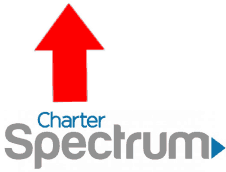 Several Spectrum employees have contacted Stop the Cap! to let us know a rate increase is planned for Spectrum services that will raise rates for cable television customers beginning as early as next month.
Several Spectrum employees have contacted Stop the Cap! to let us know a rate increase is planned for Spectrum services that will raise rates for cable television customers beginning as early as next month.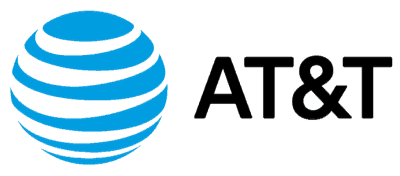 AT&T has
AT&T has 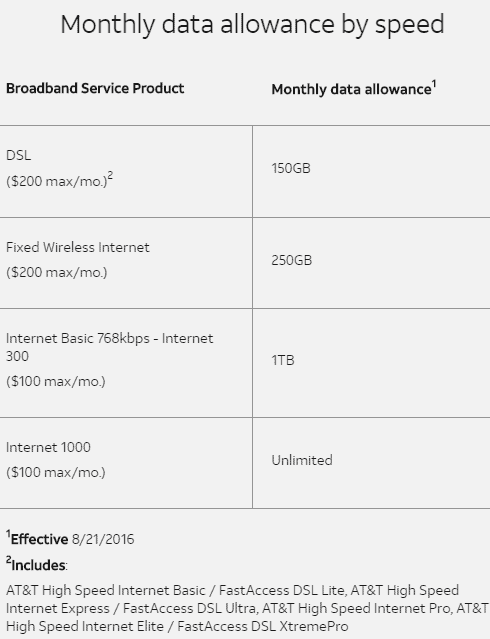
 Comcast has
Comcast has  YouTube TV has announced the addition of eight new Viacom-owned networks to their lineup, but has also passed along word the price is going up 30%, from $49.99 to $64.99/mo effective from Tuesday for new customers, Aug. 1 for existing customers.
YouTube TV has announced the addition of eight new Viacom-owned networks to their lineup, but has also passed along word the price is going up 30%, from $49.99 to $64.99/mo effective from Tuesday for new customers, Aug. 1 for existing customers.
